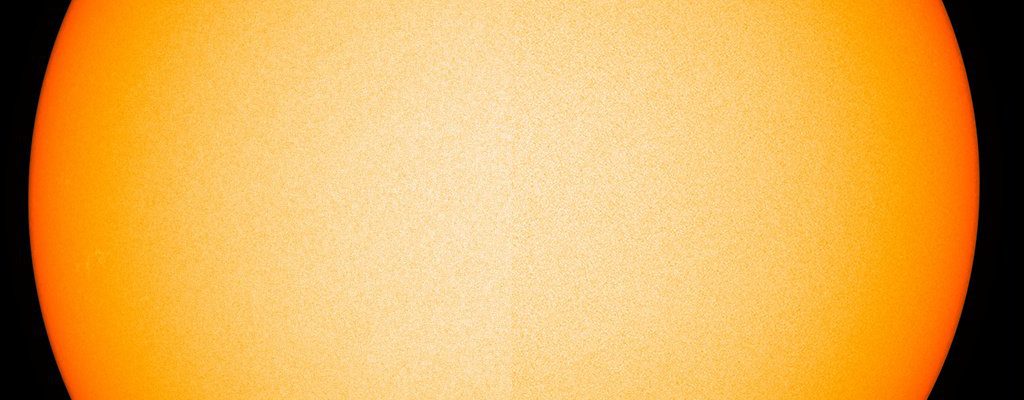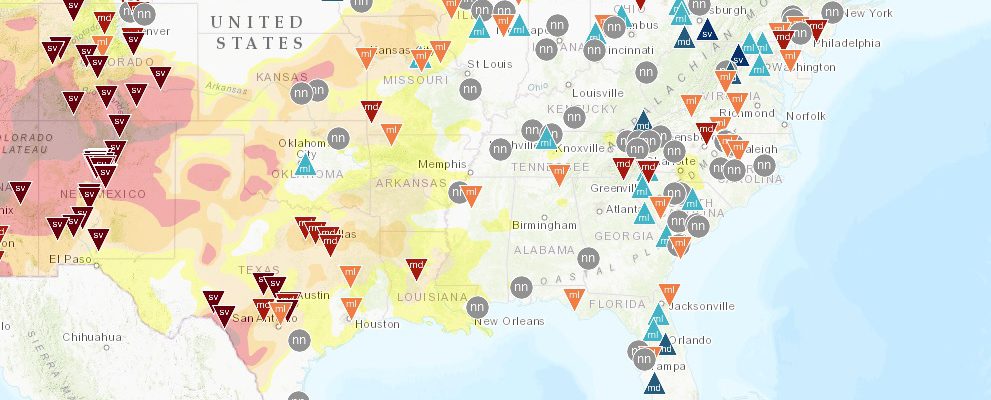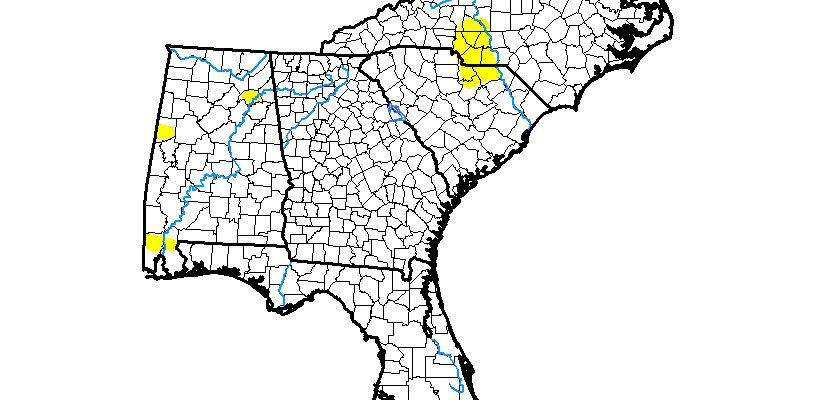-

Happy Aphelion! The summer in the Northern Hemisphere is NOT warmer because we are closer to the sun. In fact, today marks the point in Earth’s orbit when we’re furthest from the sun. The exact time is 12:46 pm EDT when the Earth will be 94,507,803 miles from the Sun. We’ll be 3.1 million miles…
-

Atlanta magazine has a very interesting and concerning story this month on Georgia’s barrier islands and marshy coasts and the communities that are located there. I have been to Jekyll Island, St. Mary’s, Tybee Island, and Darien, and have seen how close these communities are to the ocean. The article discusses what steps the residents…
-

Most years I try to attend the annual meeting of the American Association of State Climatologists (AASC). I am a past president and enjoy the chance to catch up with old friends and learn some new things about applied climate. Here are some sources of data and some new web sites I discovered at the…
-

The latest 30-day outlook for July 2018 shows that for most of the Southeast, conditions are likely to continue to be warmer and wetter than normal, according to the latest posting from NOAA’s Climate Prediction Center. The only area where equal changes of below, near and above normal precipitation are noted is the region that…
Posted in: Climate outlooks -

The latest Drought Monitor, released this morning, shows that the area of abnormally dry conditions in NE Alabama has shrunk, but a new region of abnormally dry conditions has appeared in south central NC and north central SC. The region continues to be free of drought conditions, but we will be watching the areas of…
Posted in: Drought -

Happy 4th of July! You probably saw fireworks or at least heard them today. I don’t have any fireworks for you here, but here is a great video of some beautiful skies in North Carolina and West Virginia from Outside magazine. Hope you enjoy it! https://www.outsideonline.com/2111586/stunning-timelapse-west-virginia-and-north-carolina-night-skies
Posted in: Interesting weather images -

Did you go to the beach this Fourth of July? I wish I were there now! But if you can’t go, here is a cool video on what makes water waves form from EarthSky. You can view it at https://earthsky.org/earth/what-are-ocean-waves-video.